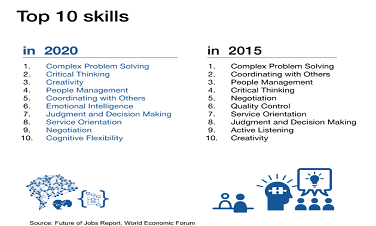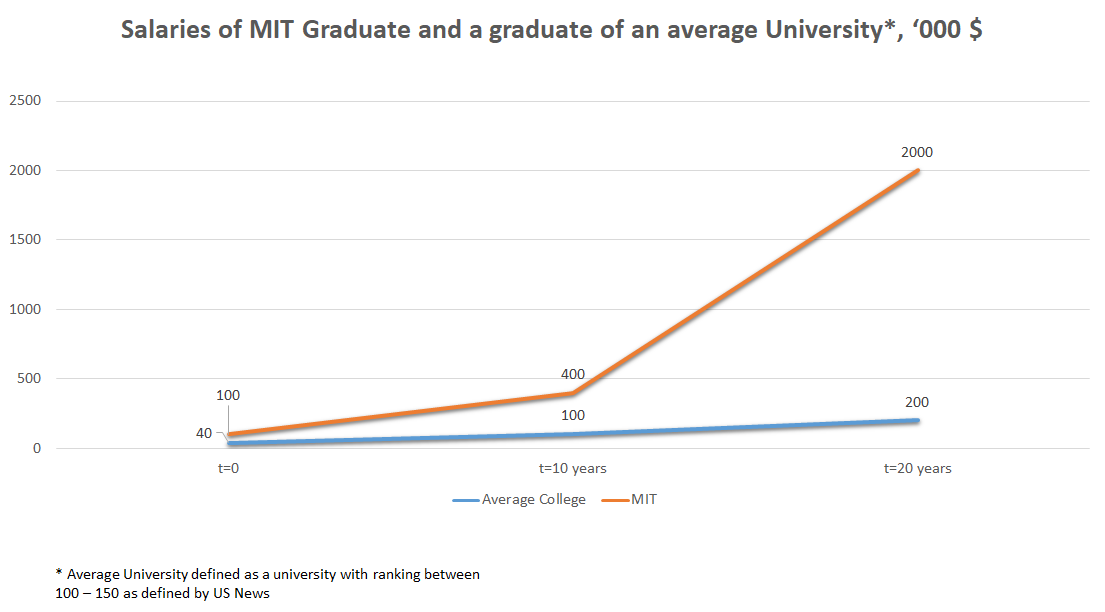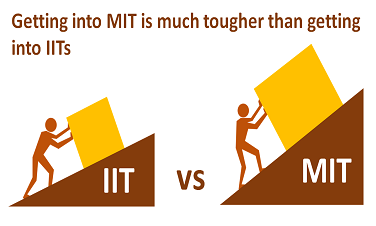The Schema of Big Ideas
- Written by UnivAdmitHelp
- Category: Mentoring
- Published on 10 Feb 2020
Picture a cafe, or a caravanserai of olden times. It is a space filled with people who bring their experiences, opinions, news, and ideas to the table, a confluence of much thinking and talking. Similarly, a mind that is exposed to many thoughts, streams of expertise, experiments that provoke it, is prone to making more connections, firing more synapses, and coming up with new variants of old things. And often, a completely new Next Big Idea.
Where do big ideas, creative thoughts come from, after all?
Do they come while peacefully gazing alone at nothingness, or while immersed in a plethora of thoughts, experiences, stories seen through someone else’s eyes? To my eyes, the quiet moments are key to the process, the ones that follow the busy activity. And that one quiet moment, that is like jumping from a straight line, across a diagonal, into a new realm of thought.
Our current sphere of knowledge is like a grid where our thought follows straight lines. We try to function in an entirely reasonable fashion, we set proximate goals, we move toward them in a linear mode in order to fulfill our well-understood goals. In order to reach into a realm of new thought, you have to cover most of the straight grid before you make a diagonal jump. While following the grid, we explore the adjacencies. And interaction with different experiences that are adjacent to ours helps us build our schema, the building blocks of cognition - hold that thought!
It was Stuart Kauffman, evolutionary biologist, who came up with this theory. In 2002 he introduced the ``adjacent possible” theory and used it to explain how such powerful biological innovations as sight and flight came into being. This theory proposes that biological systems are able to morph into more complex systems by making incremental, relatively less energy consuming changes in their makeup. The Adjacent Possible suggests that remote, outlandish ideas can’t be reached until you explore the area in-between first - quite like exploring all the areas surrounding your current position on a grid.
Steven Johnson then showed that it’s also applicable to science, culture, and technology. The core of the idea: People arrive at the best new ideas when they combine prior (adjacent) ideas in new ways. Most combinations fail; a few succeed spectacularly. Therefore, the adjacent possible is the target of successful exploration and expansion.
Going back to schemata, those all important building blocks of your cognition, how do adjacencies connect with that? A multidisciplinary education, is like exploring the adjacent blocks around our current knowledge. It exposes our minds to an array of experiences and knowledge. It allows us to build both depth and width in our cognition skills, in our schema. Multidisciplinary learning helps you build up your schema. It enhances your field of experience. The more ideas circulate, the more they’ll collide in new ways to generate new things. As they combine, these seemingly small ideas become big. Going forward: the more you know, the easier it is to know more.
With a larger base of the quantity of knowledge, you are increasing the quality of the new knowledge you will acquire. Barriers are removed, the openness of intelligence increases. (It’s essentially like Machine Learning.)
With the coming times, there is a thought-group that can see a fully automated world. This implies fewer and fewer work opportunities for more and more people. You can barely stretch your imagination to see how the world will change. The only way to be better prepared for this, is to learn how to learn. Going backwards: how do we learn? We learn by preparing our minds with a rich, rich schema of multidisciplinary education.
Further Reading
Multidisciplinary learning is the key to future success
Recent Posts
-

Comprehensive List of 30+ questions that High School Indian Parents and Students ask for US Admissions..
-
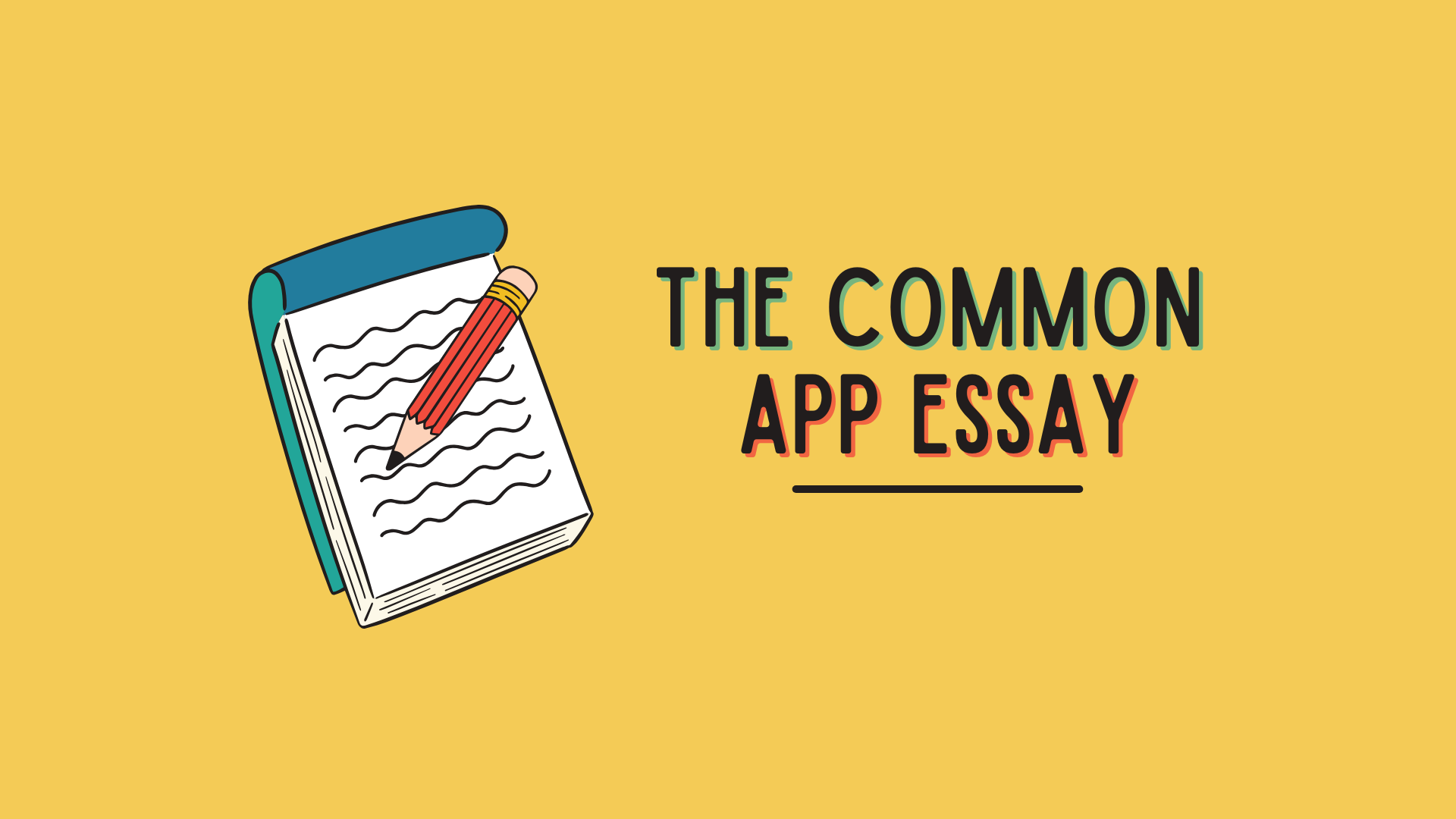
Common App Essay Tips 2025
-

Best extra-curricular activities for college admission for Indian students
-

How Many Universities Should You Apply To? Expert Tips for U.S. and U.K. Admissions for Indian Students
-
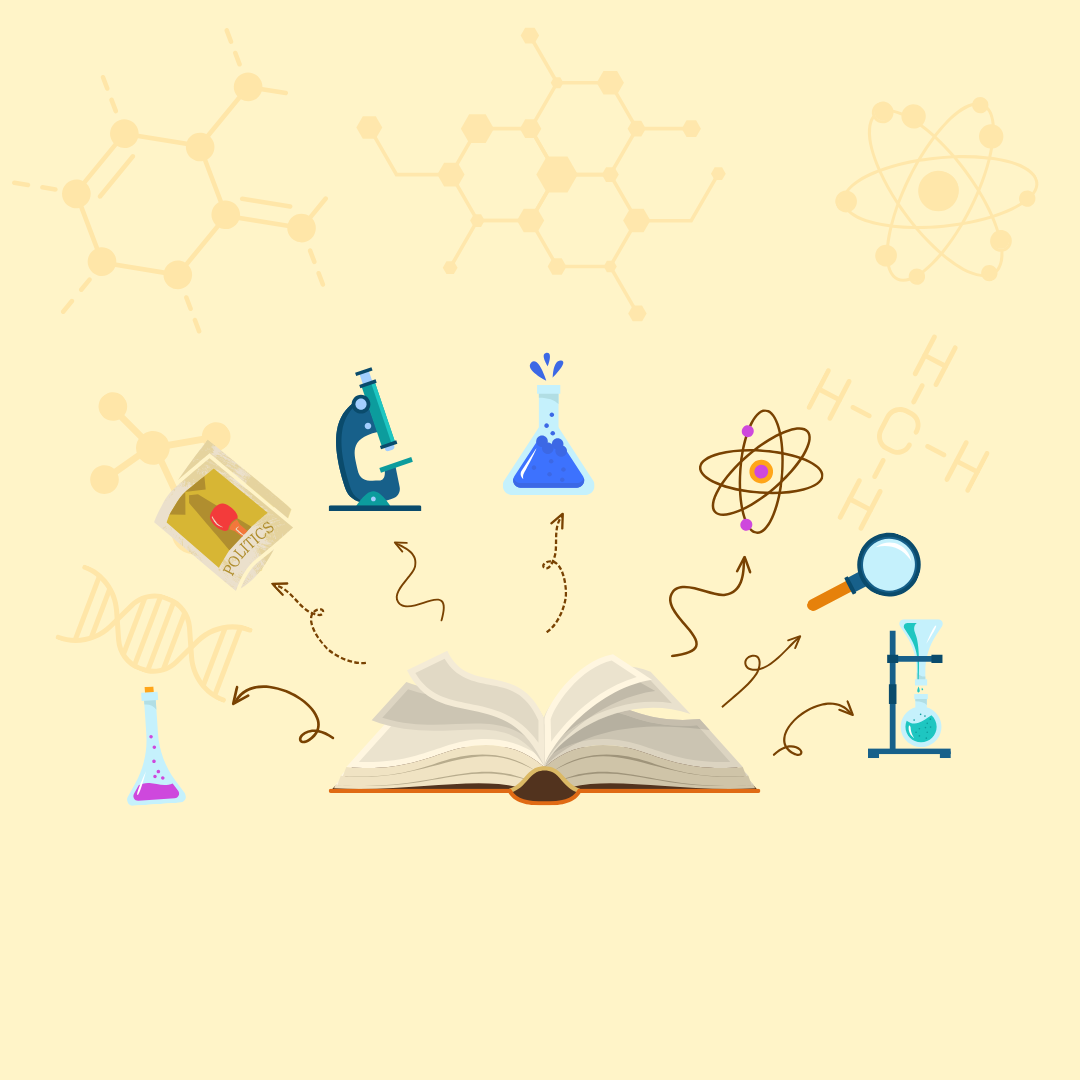
Step-by-Step Guide to Creating an Exceptional Capstone Project for Indian Students


